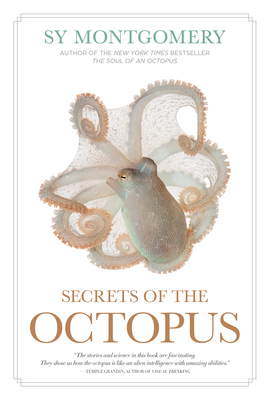
Ultra-High Resolution NMR Methods and its Applications
Description
Ultra-high resolution nuclear magnetic resonance (NMR) methods refer to advanced techniques used to obtain detailed structural information about molecules. These methods use high-field magnets and specialized pulse sequences to achieve very high resolution in the NMR spectrum, allowing for the detection of very small chemical shifts and coupling constants.
One of the main applications of ultra-high resolution NMR methods is in the study of biological macromolecules, such as proteins and nucleic acids. These methods can be used to determine the three-dimensional structure of these molecules, which is important for understanding their function and for drug design.
Ultra-high resolution NMR methods can also be used for the study of small molecules. These methods can be used to determine the conformation of a molecule in solution, which is important for understanding the properties of a molecule and for designing new materials.
In addition, ultra-high resolution NMR can be used for quantitative analysis of complex mixture. The high resolution of the spectrum allows for the detection of very small amounts of impurities or contaminants, and can also be used to determine the concentration of a component in a mixture.
Overall, ultra-high resolution NMR methods are powerful tools that can provide detailed structural information about molecules and can be used in a wide range of applications, including biology, chemistry, and materials science.
Nuclear magnetic resonance (NMR) spectroscopy is a potent analytical tool to comprehend physical
and chemical nature (mobility, dynamics and kinetics) of small to medium size molecules
for an extensive range of samples under variety of conditions such as temperature, concentration,
and pH. A wealth of information related to molecular properties and
interactions can be furnished by using NMR which could consequently provide utility in
molecular structural identification. However, low sensitivity along with low resolution is a
concern in application of NMR. Within the past few decades, NMR sensitivity has improved
significantly through advancement in instrumentation as well as
methodological developments. Recent upgrade in NMR instrumentation such as
cryogenically cooled probes ] has led to increase sensitivity and three to four-times
better signal /noise ratio in comparison to room temperature probes leading to faster
acquisition times and improved sensitivity. Resolution of spectrum is additionally improved in a
high magnetic field which disperses the chemical shifts over the broad frequency range (in
Hz). Nevertheless, signal overlaps continue being a limiting factor for characterizing
complicated spectra. Therefore, a steady development of new pulse sequences and enhancements
of the existing ones are of vital importance in improving the overall performance of NMR
spectroscopy.



